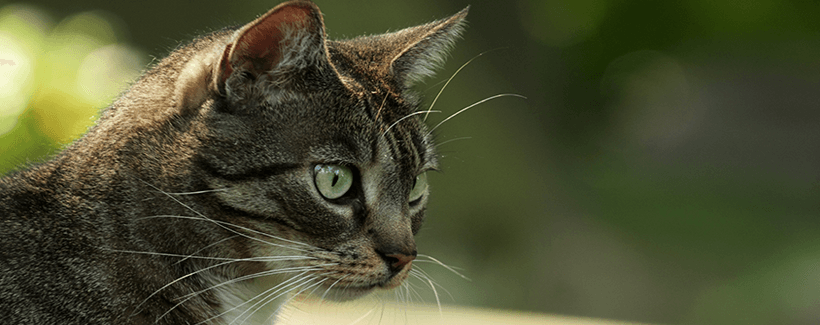What You Need To Know About Feline Panleukopenia (Feline Distemper)
Feline panleukopenia, also known as feline distemper, is a highly contagious viral disease that occurs wherever there are cats. Cats of any age may be stricken. Young kittens, sick cats, and cats that have not been adequately immunized are most susceptible; older cats are more likely to have acquired immunity and therefore are infected less frequently.
Urban areas are most likely to see outbreaks of feline panleukopenia during the warmer months. The virus has appeared in all parts of the United States and most countries of the world. Kennels, pet shops, humane shelters, and other areas where groups of cats are quartered appear to be the main reservoirs of feline panleukopenia today.
Dogs are not susceptible to feline panleukopenia. Canine distemper is a different disease caused by another virus and neither disease is transmissible to humans.
What Does Panleukopenia Do?
The feline panleukopenia virus is passed from cat to cat by direct contact. The source of infection is most commonly fecal waste from infected cats but the virus may be present in other body secretions.
A healthy cat can also become infected without coming in direct contact with an infected cat. Bedding, cages, food dishes, and the hands or clothing of handlers that contact infected secretions may harbor and transmit the virus.
The feline panleukopenia virus is very stable. It is resistant to many chemicals and may remain infectious at room temperature for as long as one year. Short of raising a cat in total isolation it is nearly impossible to prevent exposure. However anti-germicidal cleaners such as D-D-G-S Concentrate have been proven to eliminate the panleukopenia virus.
Feline panleukopenia is a complex disease. It can vary in severity from very mild to extreme. The many signs are not always typical and many owners may even believe that their cat has been poisoned or has swallowed a foreign object. Because of this fact treatment may be delayed or neglected.
After exposure to the virus many of the cat’s cells are destroyed. This cell loss makes the cat more susceptible to other complications and bacterial infections.
How Can You Tell If a Cat Has Panleukopenia?
The first signs an owner might notice are generalized depression, loss of appetite, high fever, lethargy, vomiting, dehydration, and hanging over the water dish. The course of the disease may be short and explosive. Advanced cases when discovered may cause death within hours. Normally the sickness may go on for three or four days after the first elevation of body temperature.
Fever will fluctuate during the illness and abruptly fall to subnormal levels shortly before death. Other signs in later stages may be diarrhea anemia and persistent vomiting.
Feline panleukopenia virus is so prevalent and the signs of disease are so varied that any sick cat should be taken to a veterinarian for a definite diagnosis.
How is Panleukopenia Treated?
The prognosis for very young kittens is poor. Older cats have greater chance of survival if adequate treatment is provided early in the course of the disease. Treatment is limited to supportive therapy to help the patient gain and retain sufficient strength to combat the virus with its own immune system. There are no antibiotics that can kill the virus.
The veterinarian will attempt to combat extreme dehydration, provide nutrients, and prevent secondary infection with antibiotics. Pregnant females that contract the disease even in its mildest form may give birth to kittens with severe brain damage.
Strict isolation is essential. The area where the cat is kept should be warm, free of drafts, and very clean. Plenty of “tender loving care” even after hospital discharge is very important. Cats may lose the will to live; so frequent petting hand feeding the cautious use of heating pads and good nursing care by the owner is essential.
Other cats that may have been in close association with the infected animal should be carefully examined.
Related Article: 10 Things You May Not Know About Cats >>
Prevention and Protection
Feline panleukopenia is controlled in several ways. Cats that survive a natural infection usually develop sufficient active immunity to protect them for the rest of their lives. Mild cases may go unnoticed and also produce immunity.
It is also possible for kittens to receive immunity from their mother through the transfer of antibody. This passive immunity from the mother is temporary and its effectiveness varies in proportion to the level of antibody in the mother’s body.
Vaccines offer the safest protection. They stimulate the cat’s body to produce protective antibodies against the virus to prevent infection by natural disease causing viruses. The vaccines are very effective but are preventive not curative. They must be administered before the cat is exposed and infected to be effective. Panagen and Protex-4 for example are effective vaccines that are safe to use on kittens 8 weeks of age and older.
Specific vaccination schedules vary dependent on many factors such as the disease incidence in the area and age and health of the cat.
The pet owner should consult a veterinarian for advice on the correct schedule for each cat.
